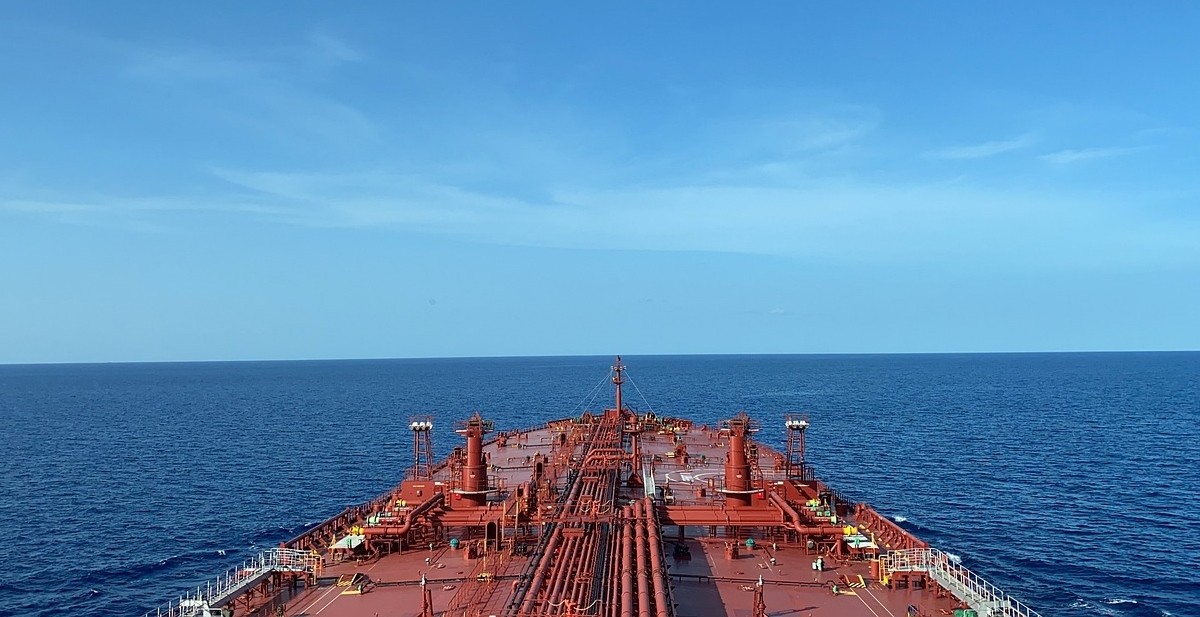Past and present parallels to Red Sea risks

Lessons from historical salvage cases and modern war risk judgments
By Carly Fields
The Red Sea, a vital artery for global trade, has long been fraught with dangers that pose significant risks to ships moving through its waters. Recent legal discussions surrounding incidents such as the attack on the Marlin Luanda and the UK Supreme Court's judgment in The Polar shed light on the complex challenges faced by shipowners, charterers, and insurers in navigating these waters.
The attack on the Marlin Luanda in January sent shockwaves through the maritime industry, reminiscent of the Tanker War of the 1980s, according to HFW. The vessel, on route from Egypt to Singapore, fell victim to a missile strike by Houthi forces from the Yemeni mainland. While the crew managed to extinguish the resulting fire with support from naval vessels, the incident underscored the persistent threat posed by conflicts in the region.
The Tanker War, part of the larger Iran-Iraq conflict, saw numerous merchant vessels damaged and civilian seafarers killed, offering historical parallels to the recent attack on the Marlin Luanda, said the specialist lawyer.
Historical precedents, such as the Tanker War, provide valuable insights into how salvage operations and legal arbitration have addressed similar challenges in the past. “Given the parallels between this most recent incident and the Tanker War, we thought it be helpful to look back at our salvage database to consider how the market has historically dealt with similar cases.
“Looking back at these older awards, it is interesting to note certain issues and dangers which may be relevant if the present conflict escalates further resulting in more attacks on vessels in the region and the need for salvage services,” said HFW partner Tom Walters and associate Henry Clack.
“It is easy to fall into the trap of assuming that, simply because a laden tanker had been struck by a missile and was on fire, an arbitrator would find that there was a risk of fire spread and/or subsequent explosion,” HFW continued. “This was, however, not the case and in several awards the arbitrators held that, despite the vessels in question being heavily damaged, there was only a low order risk of fire spread or explosion.”
HFW found that factors such as the presence of unburnt fuel, the extent of damage, and the efficacy of onboard firefighting equipment all influenced assessments of risk. Moreover, the potential for second strikes in conflict zones added another layer of complexity.
The Polar case
The legal landscape governing maritime transit in high-risk areas has also been shaped by recent court decisions, such as last month’s UK Supreme Court’s judgement in The Polar [2024] UKSC 2.
This landmark judgment addressed the obligations of shipowners and charterers in the face of war risks, particularly in piracy-prone regions like the Gulf of Aden. The court's interpretation of contractual clauses and the assessment of known risks at the time of chartering set important precedents for future disputes, according to a client alert from Reed Smith.
The vessel Polar was chartered for a voyage from St Petersburg to Singapore laden with a cargo of fuel oil. The voyage charter contained a specific agreement that the voyage would take place via the Suez Canal, with the wording “All above via Suez with the Suez costs to be for Owners account”.
“This necessarily required that the vessel would transit the Gulf of Aden, a known piracy risk area at the time,” said Reed Smith. The charter incorporated the amended BPVOY 4 form, including a revised clause 39, “War Risks” (Clause 39) and various additional provisions, including a “Gulf of Aden” clause. Clause 39 gave the owner “considerable liberties” to cancel or vary the performance of the charter if performance would expose the vessel to war risks.
On October 30, 2010, while transiting the Gulf of Aden, the vessel was seized by Somali pirates and held captive for 10 months until a ransom of US$7.7 million was paid. General average was declared by the owner, including the ransom payment. Eventually the adjustment found that over US$5.9 million was due from cargo interests. Cargo interests disputed liability for their share of the ransom payment. The present appeal is an appeal brought by the cargo interests against the owner.
Insurance indemnity
“The Supreme Court judgment addresses several issues, the most important of which (as a threshold) is whether, on the proper interpretation of the charter, there was an insurance code or insurance fund agreed between the Owners and Charterers to compensate the Owners. If there is such an insurance code or fund, it means the parties have agreed to look to the insurers (rather than to each other) for indemnification,” said Reed Smith.
The court concluded that there was no insurance code or fund between the parties and since the existence of the insurance code or fund was the foundation of the cargo interests’ appeal, the court dismissed the appeal.
However, applying such legal principles to the Red Sea's current challenges presents its own set of complexities. Many charter agreements may not explicitly dictate routes through the region, giving shipowners greater flexibility in navigating perilous waters. Additionally, the timing of charter agreements relative to the escalation of hostilities can influence parties' obligations and liabilities.
“Of course, every charter will need to be considered on its own terms, taking into account the specific wording and context of the relevant clauses,” said Reed Smith.